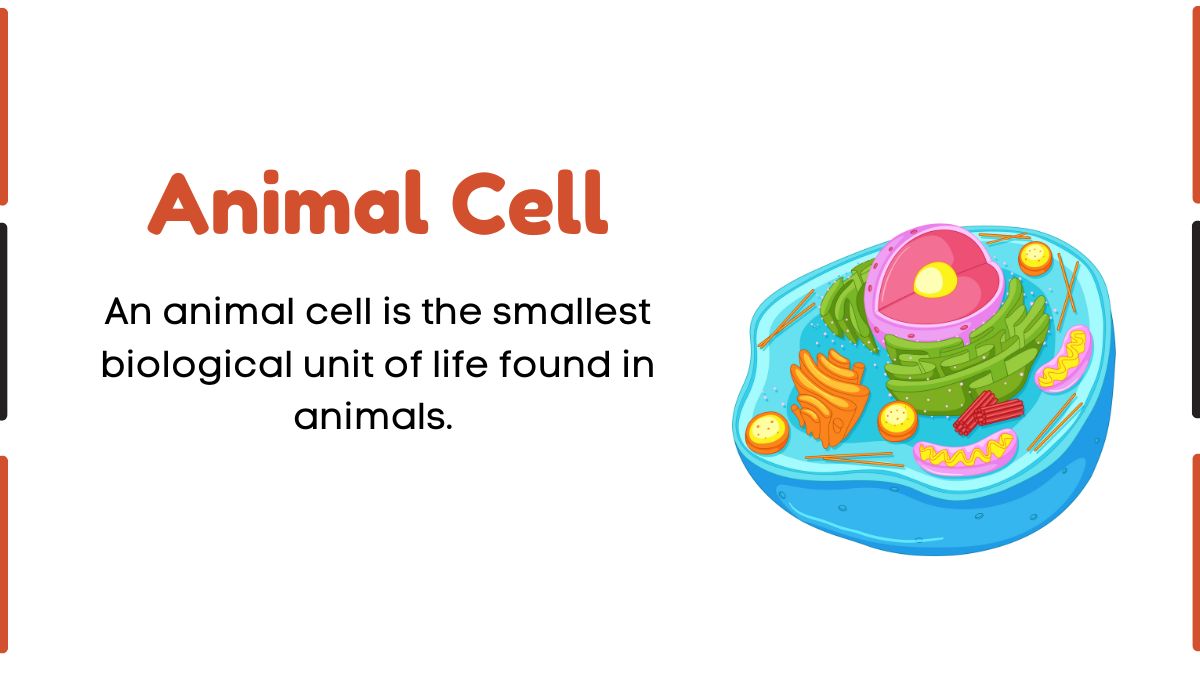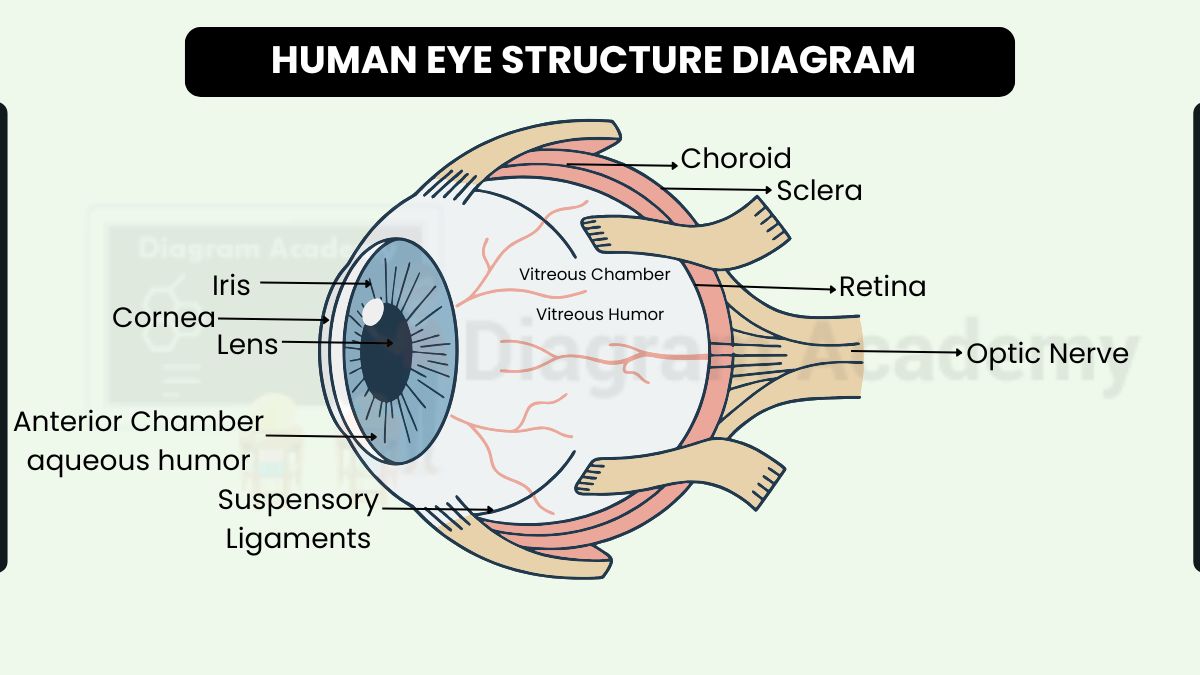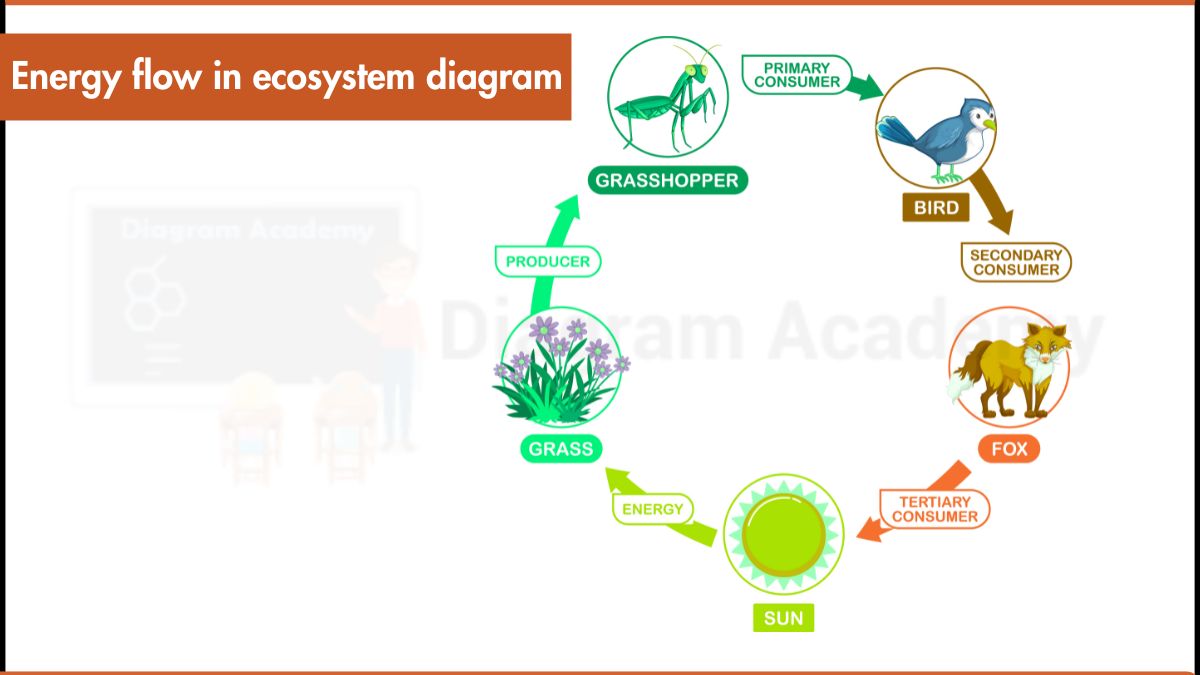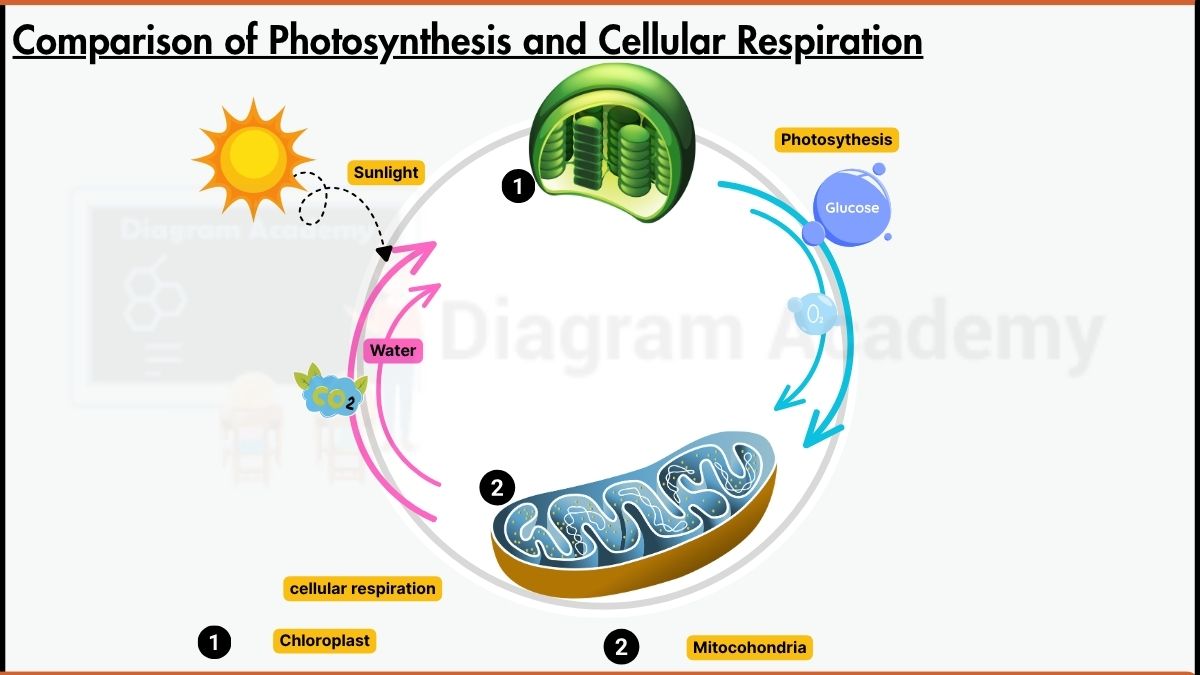How to write the Orbital Diagram for Antimony?
The antimony orbital diagram is a visual explanation of how electrons occupy atomic orbitals in an antimony atom. Instead of listing electrons numerically, the orbital diagram for antimony uses boxes and arrows to show orbital positions and electron spin, making it ideal for diagram-based learning.
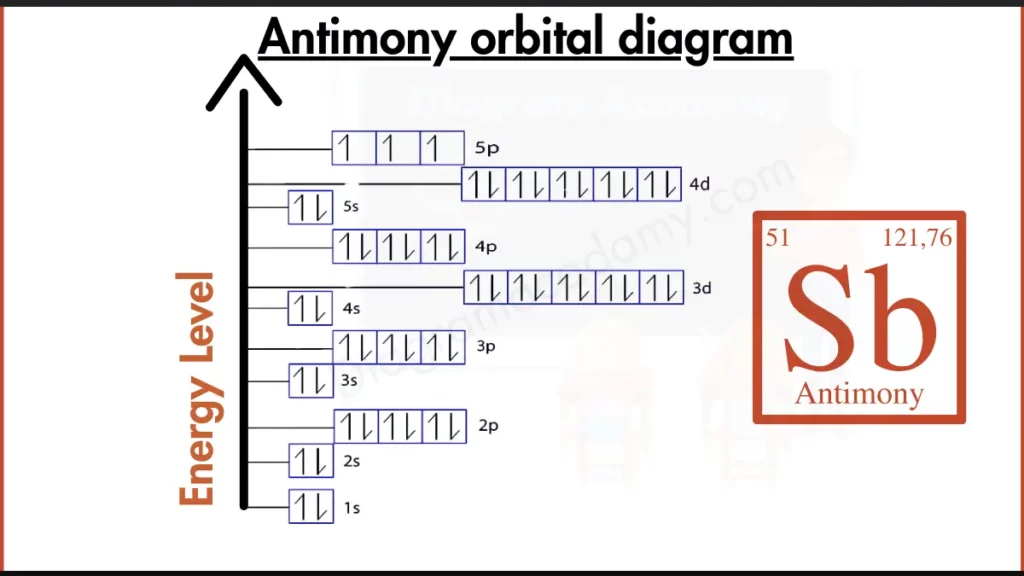
Which Atomic Facts Help Read the Sb Orbital Diagram?
To understand the sb orbital diagram, key atomic information is needed. Antimony has the symbol Sb and an atomic number of 51, meaning it contains 51 electrons. It belongs to period 5 and the p-block, which explains the appearance of p orbitals in the orbital diagram of antimony.
How Does Electron Arrangement Lead to the Orbital Diagram of Antimony?
The electron configuration of antimony is:
[Kr] 4d¹⁰ 5s² 5p³
This arrangement directly determines the structure of the orbital diagram for Sb, especially the placement of electrons in the outer p orbitals.
How Are Orbitals Filled in the Orbital Diagram for Sb?
In the orbital diagram of Sb, electrons fill lower-energy orbitals first. The 5s orbital fills before the 5p orbitals. In the 5p subshell, electrons occupy separate orbitals before pairing, which is clearly visible in a standard orbital diagram antimony.
What Role Does the Aufbau Principle Play for Antimony?
The Aufbau diagram for antimony follows the rule that electrons enter orbitals in increasing energy order. This explains why inner orbitals are fully filled while the outer p orbitals remain partially filled.
How Is Antimony Orbital Notation Shown in Diagrams?
Antimony orbital notation uses arrows to represent electron spin. The three electrons in the 5p orbitals remain unpaired, a feature that helps explain antimony’s bonding behavior.
Why Is the Orbital Diagram for Antimony Useful?
The orbital diagram for antimony helps students understand valence electrons, bonding patterns, and periodic trends. It is widely used in chemistry exams and digital diagram libraries.
Frequently Asked FAQs.
Here are answers to common questions about Antimony Orbital Diagram (Sb)
Q1: What does the antimony orbital diagram show?
It shows how 51 electrons are arranged in antimony’s atomic orbitals.
Q2: How many valence electrons are shown in the orbital diagram of antimony?
The orbital diagram of antimony shows five valence electrons (5s² 5p³).
Q3: Why are there unpaired electrons in the sb orbital diagram?
Because electrons fill separate p orbitals before pairing, following Hund’s rule.
Q4: Is orbital notation for antimony different from electron configuration?
Yes, orbital notation visually shows electron spin, while configuration only lists orbital occupancy.
Q5: What does the Aufbau diagram for antimony explain?
It explains the order in which antimony’s orbitals are filled with electrons.

